During our workshops, theatre professionals of Roma origin emphasized that Roma actors should not be confined to playing only Roma roles; they are equally capable of portraying non-Roma characters. In writing, directing, or casting for performances involving Roma characters, it's important to consider various aspects of the characters—such as body type, social background, way of speaking, and character traits—beyond their Roma identity.
Do I want to hold a mirror to reality, or do I want to portray a fictional, utopian world?
An important consideration is the balance between Roma and non-Roma characters in our play. If we feature a significant number of Roma characters, have we thoroughly explored the possibility of casting Roma actors for these roles? What message do we convey when a brown-skinned actor portrays a doctor without any mention of their ethnic background? How do we challenge or reinforce stereotypes if non-Roma actors are exclusively cast in roles depicting intellectuals, successful individuals, and decision-makers? Additionally, what does it imply about social mobility if Roma actors are cast solely in roles as criminals, offenders, beggars, or sex workers? These questions lead to the main question of theatremaking: what do I want to say with my performance? Do I want to highlight systematic problems, or do I want to draw attention to the challenges and successes of everyday heroes? Do I want to hold a mirror to reality, or do I want to portray a fictional, utopian world?
We should keep in mind that ethnic origin may not be relevant for every character. Can we depict Roma characters in a manner that prioritizes their individual characteristics over their ethnic background? Do we foster social inclusion by presenting complex Roma characters that emphasize their similarities with the non-Roma majority or by highlighting the differences that distinguish the Roma from the white, non-Roma majority? How can the members of a disadvantaged, rural Roma community be empowered if we present Roma characters in victimized, passive situations with stereotypical behaviors on stage? When considering our target audience, it's crucial to reflect on the significance of a character being portrayed by a Roma or non-Roma actor. We must ponder which characters the audience will perceive as Roma when their ethnic background is not explicitly mentioned in the play. To what extent is it feasible for artists to employ color-blind casting, and how capable are audiences of adopting a color-blind perspective towards a character, actor, or community?
What do we do with stereotypes? How do we relate to them?
Just like prejudices, stereotypes pervade our lives. Before we get to know someone, we perceive them as part of different groups (either recognizing or misinterpreting which group they belong to) and start to think and feel things about the person based on our knowledge about the group in which we classify them. This is inevitable. But we can be conscious about it and question the accuracy of our beliefs. When creating performances about the Roma or other vulnerable groups, it's crucial to consider our approach to the stereotypes surrounding them. Should we avoid these stereotypes entirely, and what would this decision suggest about our deeply stereotyped society? If we choose to incorporate stereotypes, whether in content or style, we must be deliberate about our reasons and methods. Which stereotypes are we depicting, and do we discuss their origins? Are we aiming to counter, caricature, refute, or scrutinize these stereotypes? It's essential to clarify our objectives.
What is our goal with our performance? Do we want the audience to question their views or do we want to reinforce them?
If we present Roma characters who don’t correspond with the stereotypes, can this lead to a change in attitudes of the non-Roma white majority population or will everything remain the same? After all, "the exception proves the rule."
Alongside a stereotypical/negative/ridiculous/petty portrayal of the Roma characters, it is important to examine if the non-Roma characters are portrayed in a similar critical/negative way. Is the style of representation consistent? Does every character get to be critiqued? Can the criticism of a high-status character raise similar ethical questions as the criticism of a low-status, marginalized group?
But most of all, what is our goal with our performance? Do we want the audience to question their views, or do we want to reinforce them? Do we want them to be embarrassed about their privileged lives? Do we want them to feel sympathy for the Roma characters? Do we want them to associate with the Roma characters? Do we want them to take action?
What is the form?
When presenting Roma characters or communities on stage, an important question we need to ask is what kind of theatrical form or language do we want to use? How does that form relate to the styles of realism, documentarism, ethno-cinema, or other types of abstraction?
If we want to represent a Roma community in a realistic way, we need to examine if we have enough information about how the community chooses to show themself, their way of dressing and speaking, their music, or any other cultural aspects. The European Roma communities are very diverse. If we are not aware of the specific community we want to represent, we might inadvertently mix up cultural aspects belonging to very different communities. This is especially important when opting to create a performance with a realistic or documentary approach.




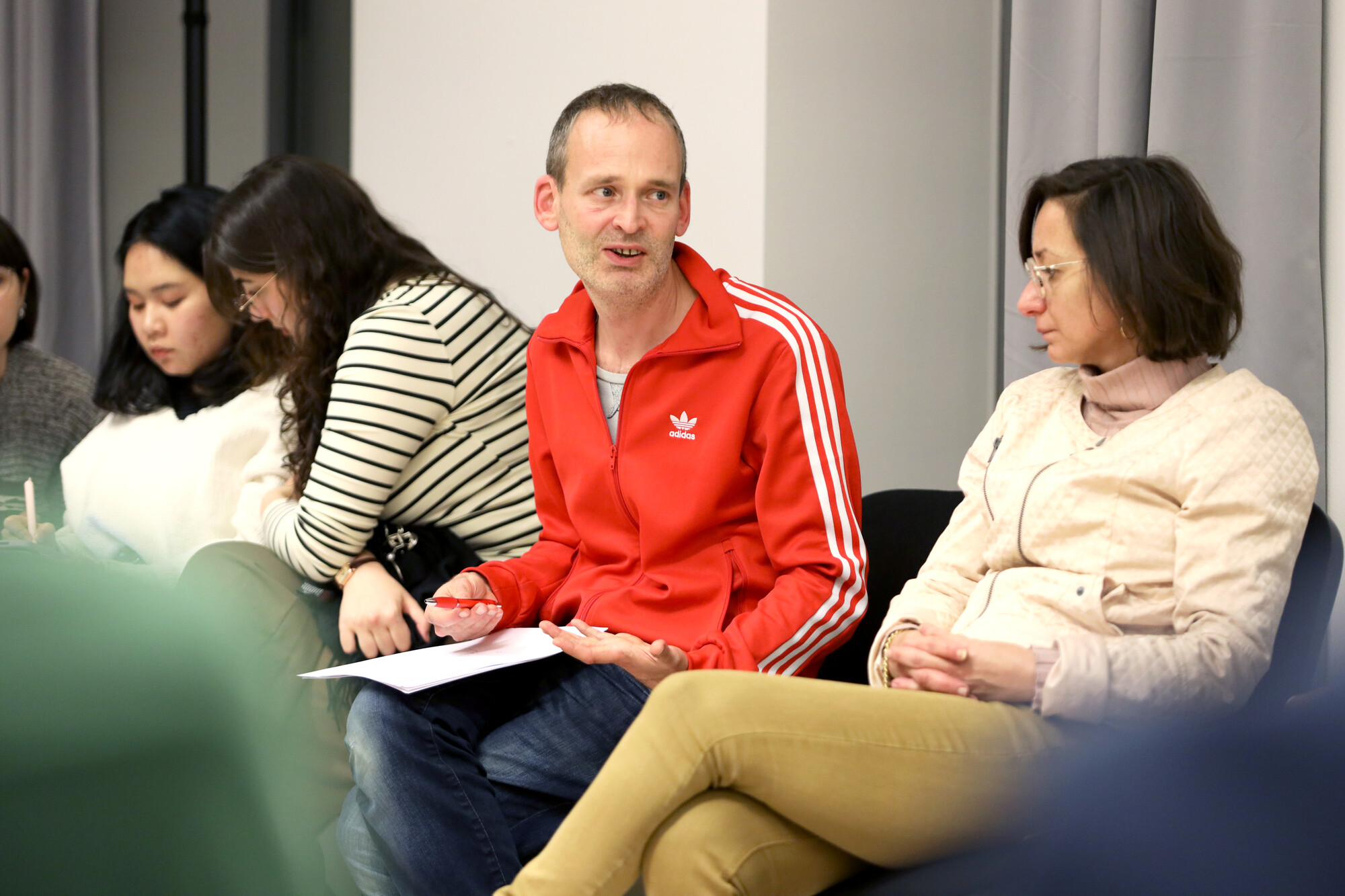
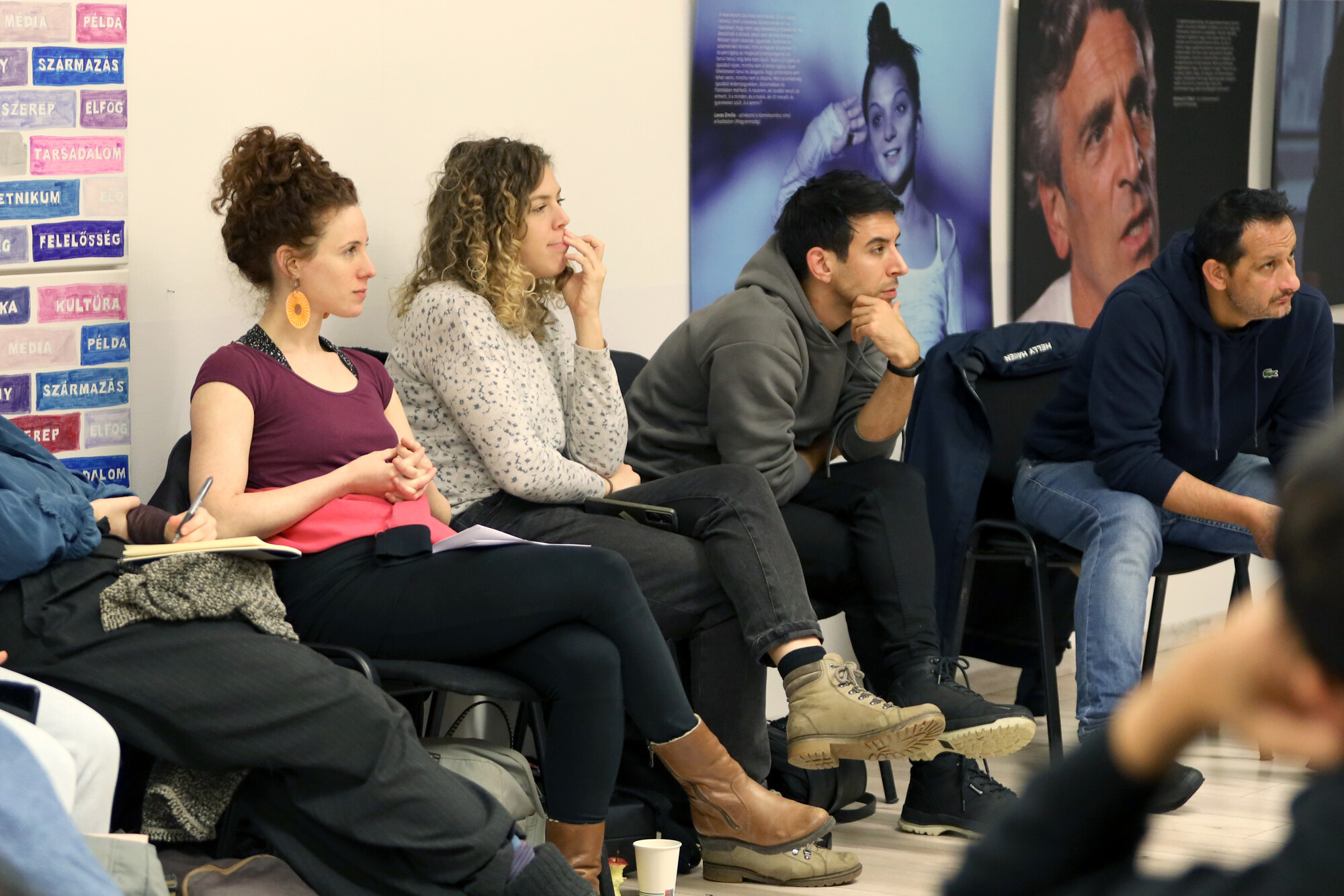
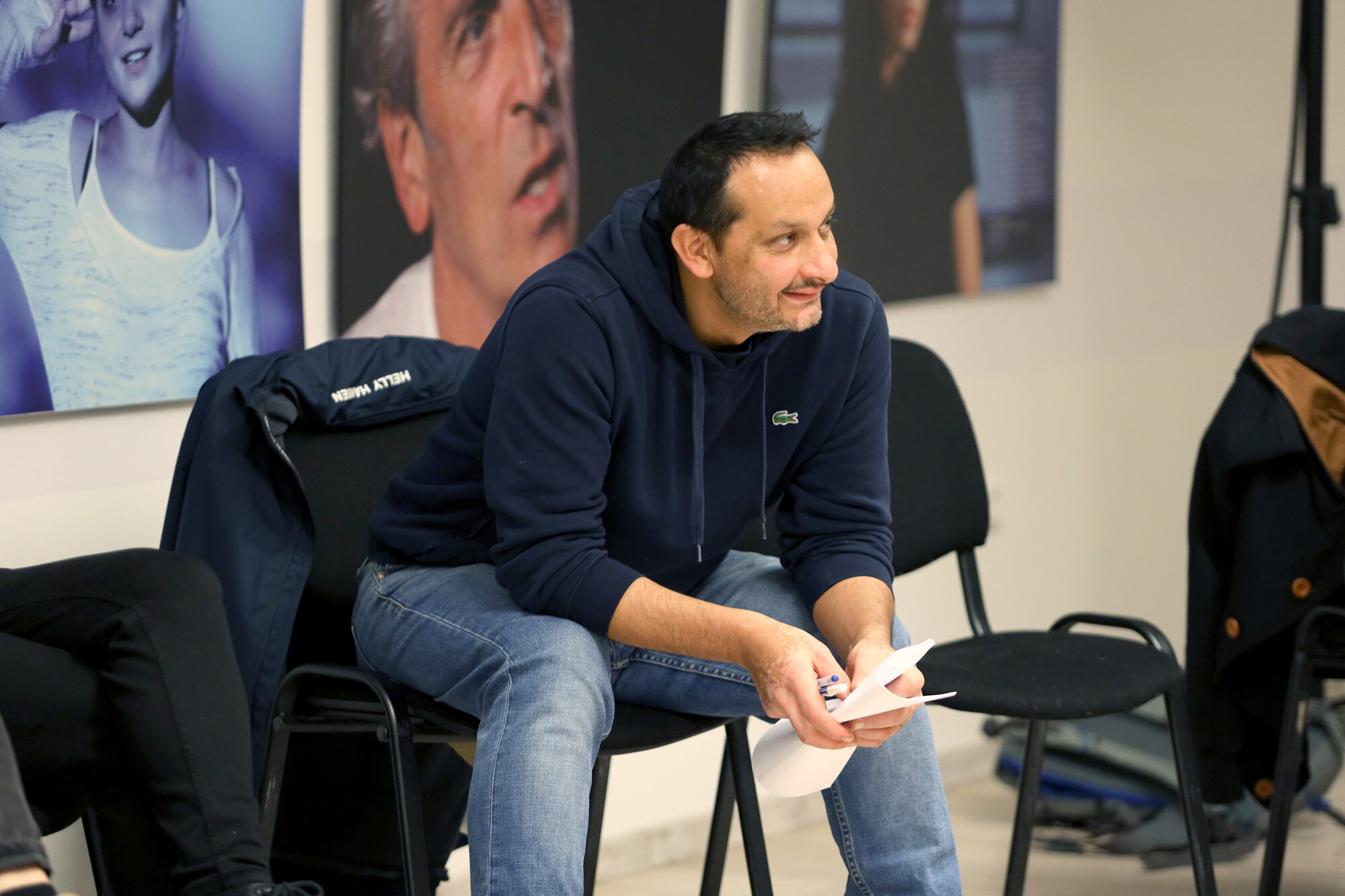
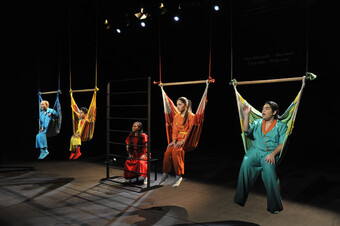


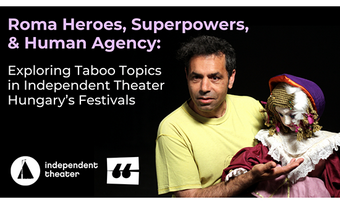

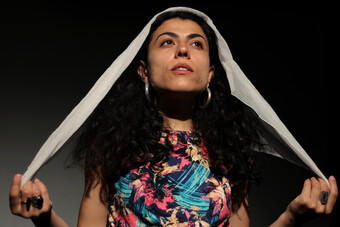

Comments
The article is just the start of the conversation—we want to know what you think about this subject, too! HowlRound is a space for knowledge-sharing, and we welcome spirited, thoughtful, and on-topic dialogue. Find our full comments policy here